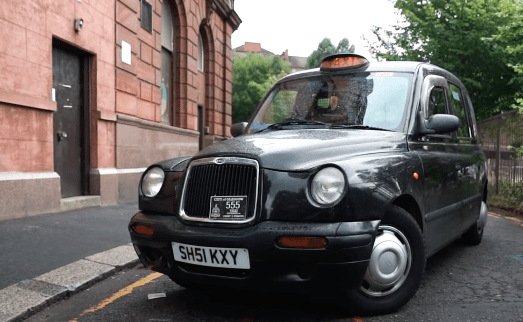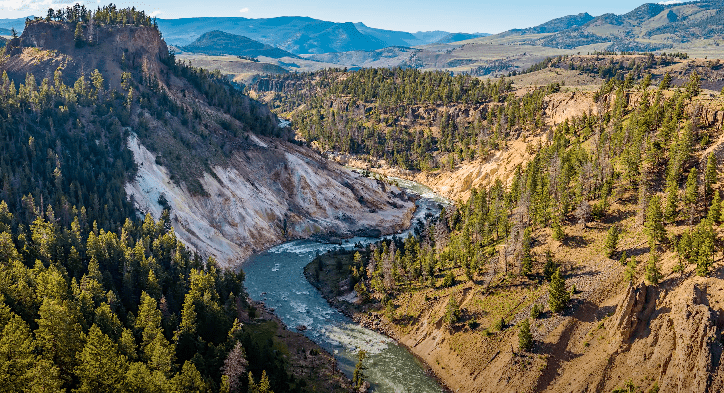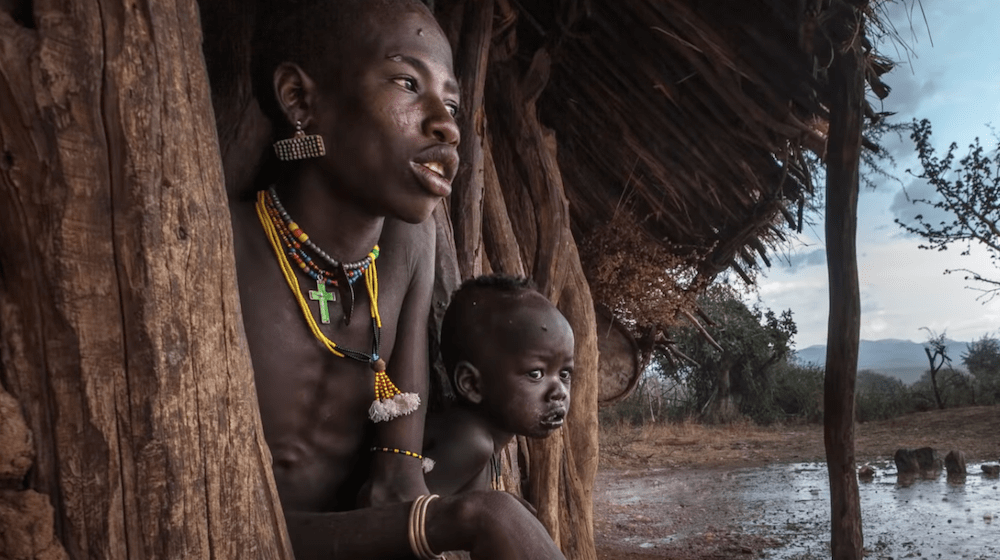Picking the wrong medium and regretting it for the rest of our lives. Seems overly dramatic. The pervasive video vs photo mistake does carry a heavy price if you get it wrong.
The trend is to capture our vacation or an important event exclusively in video medium. You can see tourists do it often. The video vs photo question does not seem to arise.
Remember visiting faraway exotic places are costly and done once in lifetime. So plan ahead and make it count.
The above photo image is an example where photo trumps video when it comes to capturing rich portraiture.
So what’s wrong with just videos?
Absolutely nothing if you know what you plan to do with the video footage.
The plan here refers to what you are going to do with the footage, which target audience it will appeal to and which social media you intend to showcase on. And are you doing it right.

Most importantly are you prepared to edit and curate your footage to bring it to a presentable standard. Taking the video is the easy part.
Most people including family and friends struggle to watch a home video past 5 minutes unless it well done. Test the waters and upload your last video to Facebook, YouTube etc and see the number of clicks.
People are just too busy and the attention span short if the content is not interesting or lengthy. Remember how we dread accepting an invite to watch someone else’s home video because it is usually too long or not well done.
These are hard lessons I learnt and I did struggle to grasp why.


Now about photo images
Photos have a place and carry attributes that video can’t. A single photo image if well framed and with the right exposure and background will do a lot. They become anchor photos that are worthy to exhibit and become one treasured memories.
If you are in it or with your family or friends it goes a long way. It freezes a moment in time and creates a memory.

What does research tell us?
In 2014, Twitter data scientists Simon Rogers and Douglas Mason found that retweets with a photo image increased by 35% and those with video clips increased by 28%.
So we know that visual content is important but we should also realise that it is easier and faster to look at the photo image than a video. There is only so much time in a day.
So here is a guide on what medium to choose
Remember the same camera does both. For the video vs photo poser here are the steps.
- Photos to isolate a subject or a scene – street performer waiting to perform, a decorated food cart, a snow capped mountain, colourful building etc
- Include yourself or those with you in some of the photos with an iconic or interesting background.
- Aim for a few anchor photos to frame and or upload to social media
- Videos do well when they flow and tell a story
- Videos are great for people on the move – marketplace, busy cafes, town centres, bus terminals, sports events, party etc
- Get closer with videos of people, go inside a shop, into a cafe, onboard a ferry etc
- Have a mix of close-ups, landscapes, selfies, day and night scenes for both formats for variety
- Make sure you are have enough amount of photos and video footage of your trip or event to work with.
Curate your photos first
Work on your photos first as it is easy. Applying triage and you will have your selection for an album within a hour. You can upload it on a closed photo sharing site for family and friends. iPhones, Smartphones and PC have the ability share albums to selected audience. Job done.
You might want to pick one or two outstanding photo images, do a bit of photo editing for framing or to print. These are your anchor photo images of your holiday. It should include you and or those who accompanied you in the frame with a readily identifiable background. Imagine a photo with Cape Town’s iconic Table Mountain in the background with you and your group in the foreground.
These anchor photos are also what you are going to upload on social media – Facebook, twitter, Instagram, website etc. And they will be captivating. Don’t even need text. So do plan ahead for the anchor photos.
Videos are tough as hell.
Videos must always tell a story. There must be a flow.

Always take short clips. The final cut is a series of scenes of 7 to 10 seconds duration each. The intention is to hold the attention span of your target audience.
7 seconds of you in the airplane as you land panning to the window to capture the outside. Followed by you leaving the airport, another 7 seconds, arriving at the hotel another 7 seconds getting ready for the day etc. You get the idea about flow and developing a story.
Videos do well when they capture people and culture more. Landscape, scenes taken from a distance etc do not do well. Even in movies, most of the scenes are close-up of people or an object in motion. You however need to set context by capturing the landscape and the location you are in but these are done at the start or intermittently in short burst. An opening panned shot would be ideal.
Culture as in clothes, food they eat, their market place, cafes and bistros. Don’t forget the colours of the local taxis, places of worship, local architecture, locals gathering at a bus stop, road signs etc. Include nightlife using the street lights. All in short segments.
70% culture and 30% tourist sights is a good mix. Do it the other way around and it will the usual home video of touristy sites that we see on TV and YouTube.
Curating videos
Creating an acceptable video need time, space and the right photo editing application. At least few hours for the first cut. And this is just for the home audience to keep their attention.
Videos must be short, an average 10 to 12 minutes minutes even when you have great footage. Fighting the attention span of an average individual is tough. As they have seen quality.

If you followed the 7 to 10 second rule, that’s about 50 to 85 separate scenes to fill a 10 minute video clip. That’s a lot of content. Realistically there will shorter and longer segments. The rest is down to quality of camera work and editing.
Final word on the video vs photo dilemma
Get a camera that does photos and video of good quality. A compact camera such as the Sony ZV1 is convenient to carry, does high quality photos and video. It is also noted for its low light capability. Here is my review on it.
Learn which medium does well in an environment and for which subject matter. If in doubt, do both. This requires background research, proper planning, framing and identification of iconic or unusual background.
Make sure you have some anchor photos of your trip. and all videos must have a flowing storyline when you do your final cut.
